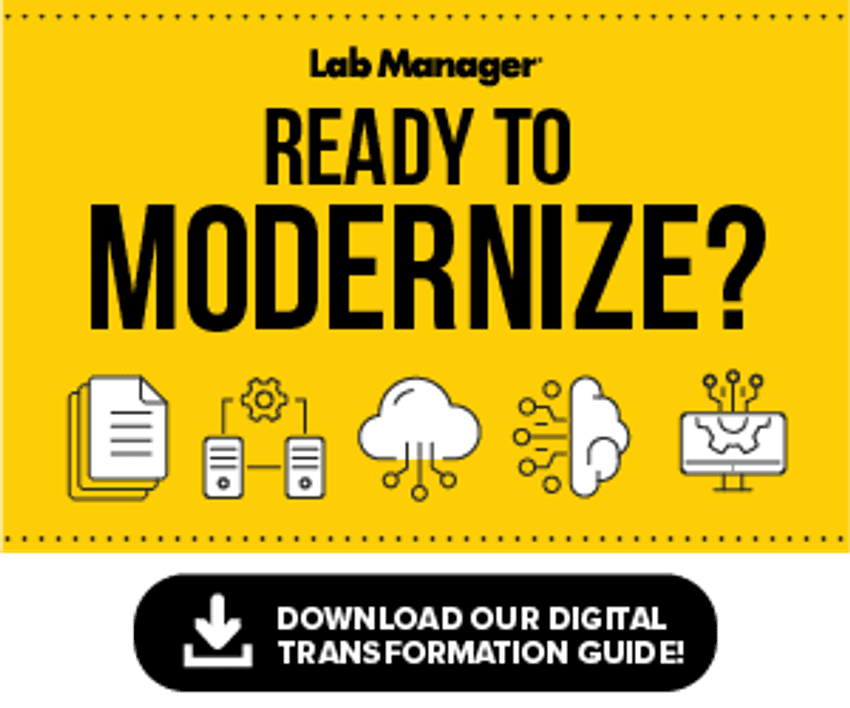From cloud-based systems to AI-driven analytics, modernizing lab operations can greatly improve efficiency, accuracy, and scientific output. Yet convincing leadership to invest in these upgrades can prove challenging. Concerns often center around upfront costs, perceived risk, and the potential for workflow disruption. To secure buy-in, lab managers must frame proposals around leadership priorities, addressing strategic alignment, return on investment (ROI), risk mitigation, and change management.
Frame the problem
Before introducing a solution, lab managers need to define the problem in a way that resonates with leadership. Start by identifying where current processes are falling short. Then, elevate these issues beyond the lab: how do they affect the organization’s broader goals?
For instance, manual sample tracking and data entry can reduce throughput, increase error rates, and erode confidence in test results. At the organizational level, this can lead to damaged client trust, delayed project timelines, and an increased risk of non-compliance.
By positioning these challenges as obstacles to business growth, quality, and compliance, lab managers can help leadership view modernization as a strategic investment.
Build a data-driven ROI
Once leadership understands what’s at stake, the next step is to demonstrate that the proposed technology is a financially sound investment.
Quantify the time currently spent on routine administrative tasks as well as pre-analysis data preparation. In labs using outdated and siloed systems, scientists often spend hours compiling, cleaning, and formatting datasets before any analysis can begin.
Highlight how modern tools—like integrated LIMS platforms and AI-enhanced analytics—can lessen this burden by centralizing data, standardizing outputs, and identifying trends. This helps labs manage larger workloads more effectively without increasing headcount and enables personnel to spend more time on higher-value activities.
Where possible, include cost projections over time—such as expected savings or cost recovery over 12 to 24 months—and show how the proposed investment aligns with current budget plans.

Mitigate perceived risk
Leadership teams may hesitate not because they question the value of the technology, but because they fear the potential for large-scale disruption. A phased implementation plan can help address these concerns. Propose starting with a small pilot, such as rolling out cloud-based LIMS software in one lab or department.
Define clear success metrics and build in checkpoints for progress reviews and adjustments. Early wins offer proof of concept and reduce perceived risk, creating momentum for broader implementation.
Address change management
Organizational resistance to change is a common concern, so it’s important to demonstrate how you will prepare and support staff throughout the transition. This might include developing a training plan, identifying key users to involve in early planning, and communicating how the changes will simplify—not complicate—everyday work.
By presenting a thoughtful and proactive approach to change management, lab managers can help leadership feel confident that the project is positioned to succeed.
Summary
Proposals for new technologies are most effective when they directly address leadership’s priorities. By clearly defining the problem, addressing financial and operational concerns, and presenting an implementation plan, lab managers can turn hesitation into lasting support.












